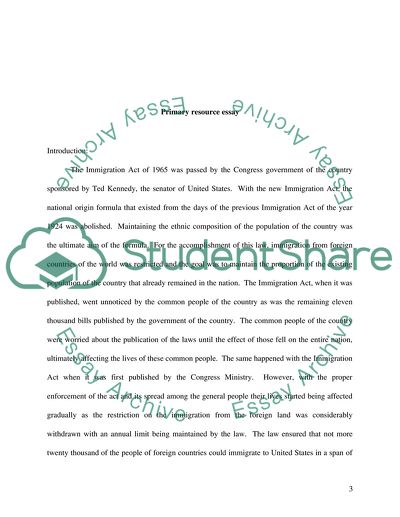Cite this document
(“The Immigration Act of 1965: Interpretations and Effects Dissertation - 1”, n.d.)
The Immigration Act of 1965: Interpretations and Effects Dissertation - 1. Retrieved from https://studentshare.org/law/1751302-the-effects-of-the-us-1965-immigration-act
The Immigration Act of 1965: Interpretations and Effects Dissertation - 1. Retrieved from https://studentshare.org/law/1751302-the-effects-of-the-us-1965-immigration-act
(The Immigration Act of 1965: Interpretations and Effects Dissertation - 1)
The Immigration Act of 1965: Interpretations and Effects Dissertation - 1. https://studentshare.org/law/1751302-the-effects-of-the-us-1965-immigration-act.
The Immigration Act of 1965: Interpretations and Effects Dissertation - 1. https://studentshare.org/law/1751302-the-effects-of-the-us-1965-immigration-act.
“The Immigration Act of 1965: Interpretations and Effects Dissertation - 1”, n.d. https://studentshare.org/law/1751302-the-effects-of-the-us-1965-immigration-act.


